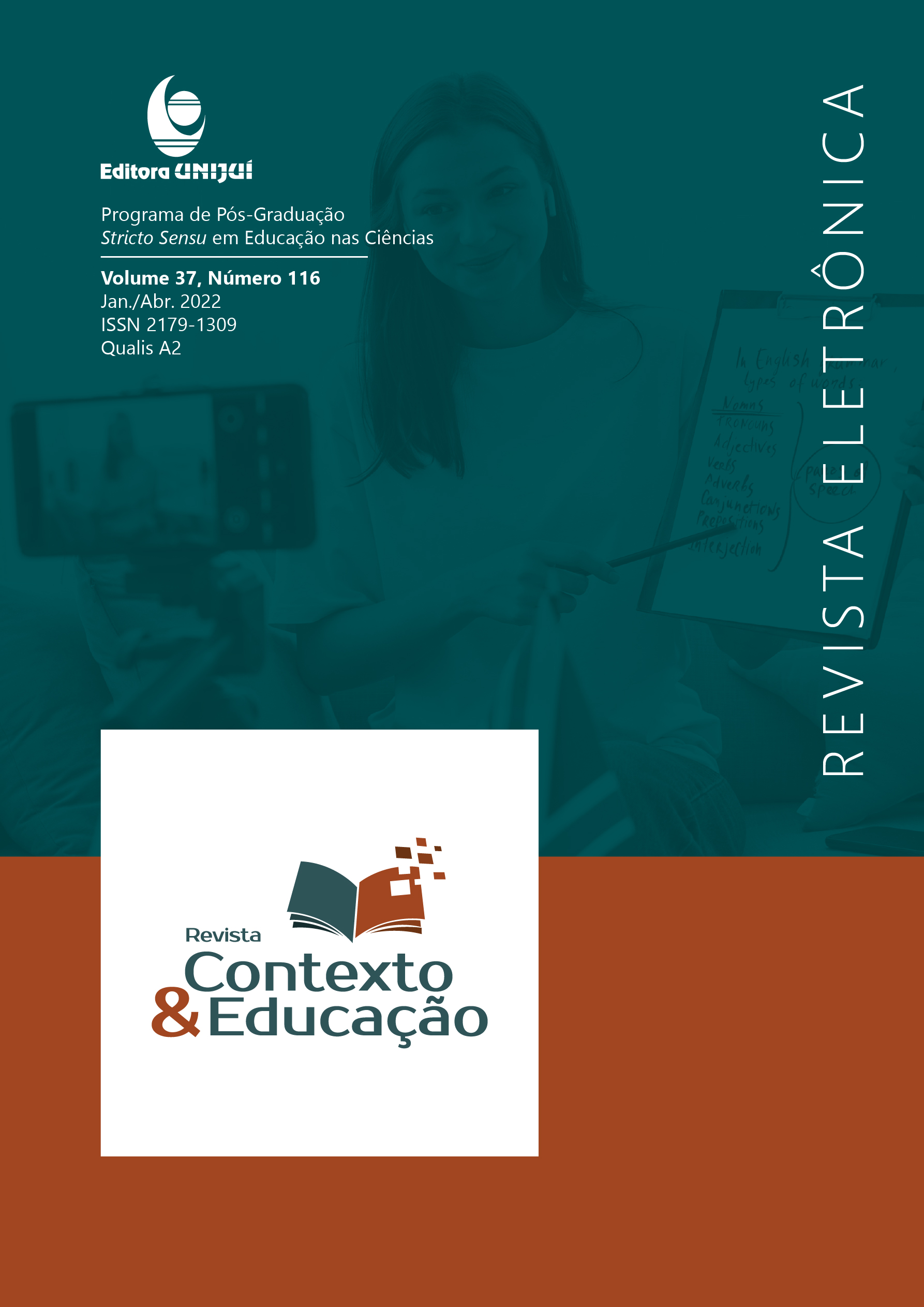O USO DO PENSAMENTO COMPUTACIONAL NO ENSINO FUNDAMENTAL COMO FERRAMENTA PARA A REDUÇÃO DA DESIGUALDADE DE RENDA QUANTO AO GÊNERO
THE USE OF COMPUTATIONAL THINKING IN ELEMENTARY SCHOOL AS INSTRUMENT TO REDUCE INCOME INEQUALITY REGARDING TO GENDER
DOI:
https://doi.org/10.21527/2179-1309.2022.116.11639Keywords:
Desigualdade de gênero. Formação docente. Pensamento computacional. Tecnologias digitais.Abstract
A presença das tecnologias digitais nas diversas esferas sociais é algo extremamente evidente nos últimos anos. No âmbito escolar, acredita-se que o estímulo do pensamento computacional é um potente recurso que deve ser explorado a fim de proporcionar melhores oportunidades aos discentes. A Base Nacional Comum Curricular (BNCC) prevê na Competência Geral 5 a utilização de tecnologias digitais para desenvolver o protagonismo estudantil. Contudo, o estudo evidencia a necessidade de aprimoramento docente para atuar na disciplina de informática na educação básica. Historicamente, a profissão docente é majoritariamente inerente às mulheres ao passo que as profissões relacionadas às ciências exatas são destinadas aos homens. Além disso, as discrepâncias salariais existentes em detrimento do gênero é outra questão preocupante na sociedade brasileira. É preciso que haja uma quebra de paradigmas e acredita-se que uma das ferramentas capaz de proporcionar esta emancipação é a educação. A inserção da disciplina de informática nos anos finais do ensino fundamental é capaz de subsidiar o desenvolvimento do raciocínio lógico, por meio do pensamento computacional, e proporcionar às alunas desta faixa etária a possibilidade de vislumbrar caminhos que possam atuar ativamente na redução da desigualdade de renda com relação ao gênero, caminhando em direção à equiparação salarial.
Downloads
Published
How to Cite
Issue
Section
License
By publishing in Revista Contexto & Educação, authors agree to the following terms:
All works are published under the Creative Commons Attribution 4.0 International License (CC BY 4.0), which allows:
Sharing — to copy and redistribute the material in any medium or format;
Adaptation — to remix, transform, and build upon the material for any purpose, even commercially.
These permissions are irrevocable, provided that the following terms are respected:
Attribution — authors must be properly credited, a link to the license must be provided, and any changes made must be indicated.
No additional restrictions — no legal or technological measures may be applied that legally restrict others from doing anything the license permits.
Notices:
The license does not apply to elements that are in the public domain or covered by legal exceptions.
The license does not grant all necessary rights for specific uses (e.g., image rights, privacy, or moral rights).
The journal is not responsible for the opinions expressed in the articles, which are the sole responsibility of the authors. The Editor, with the support of the Editorial Board, reserves the right to suggest or request modifications when necessary.
Only original scientific articles presenting research results of interest that have not been previously published or simultaneously submitted to another journal with the same purpose will be accepted.
Mentions of trademarks or specific products are intended solely for identification purposes and do not imply any promotional relationship by the authors or the journal.
License Agreement (for articles published from October 2025): Authors retain the copyright to their article and grant Revista Contexto & Educação the right of first publication.


